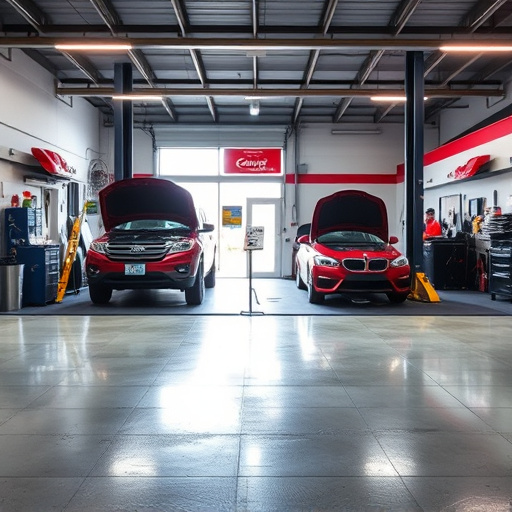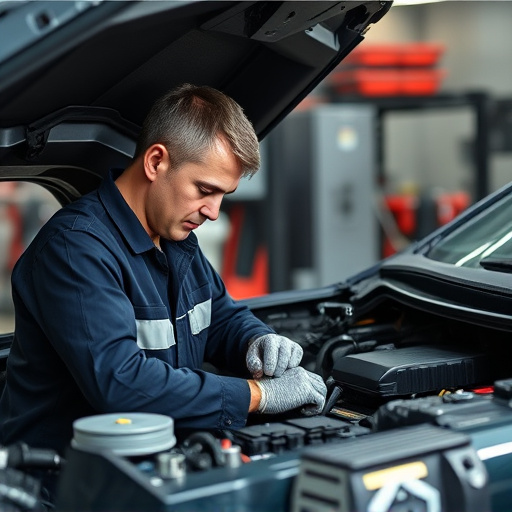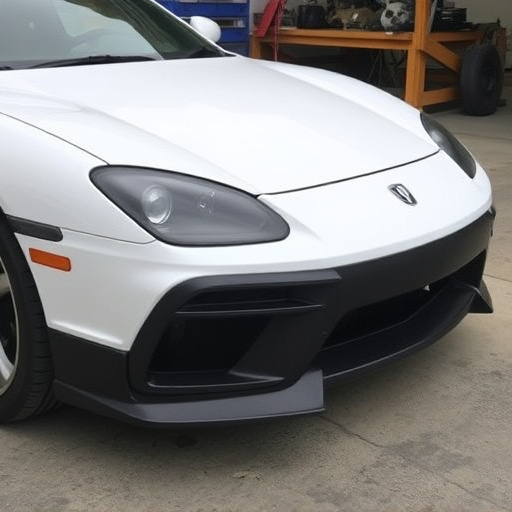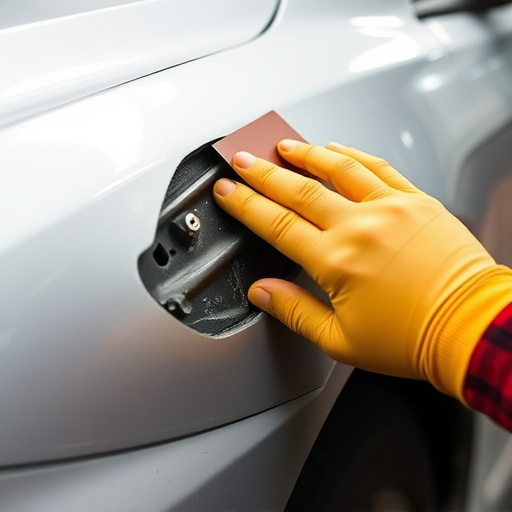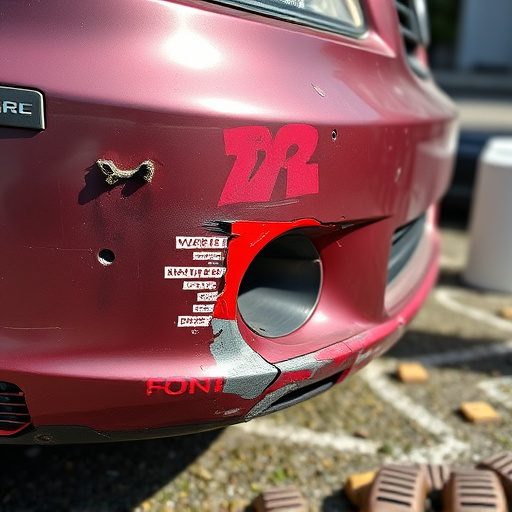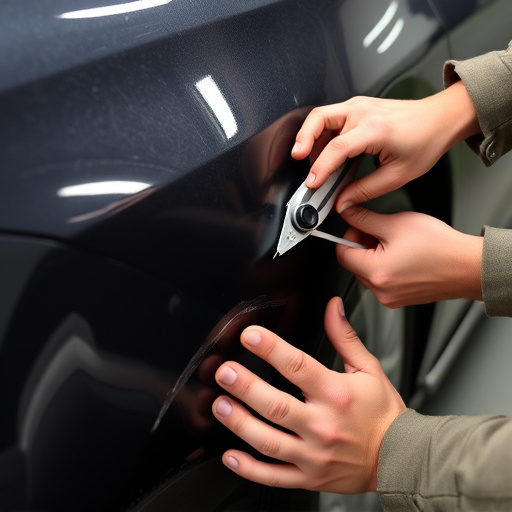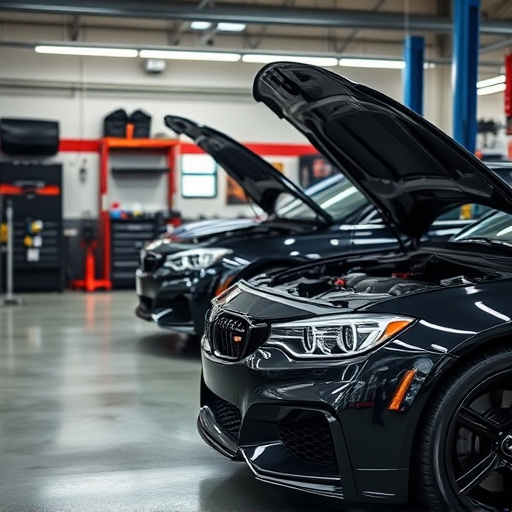The paint repair cost significantly impacts insurance premiums, especially for auto body damages. Insurers consider extent of damage, paint type, and skill required to match original finishes when adjusting rates. Luxury vehicles and specialized paints may drive up costs. Alternative repair methods offer varying rates, influencing policy adjustments and consumer choices.
In today’s market, understanding how paint repair costs influence insurance premium adjustments is paramount for policyholders and insurers alike. This article delves into the intricate relationship between these factors, exploring how damages to a vehicle’s exterior impact insurance rates. We’ll analyze various elements that contribute to paint repair costs, offering insights into how these expenses are reflected in policy adjustments. By understanding this dynamic, drivers can make informed decisions regarding their coverage choices.
- Understanding Paint Repair Cost Impact
- Insurance Premium Adjustments: The Role of Damage
- Factors Influencing Cost and Policy Changes
Understanding Paint Repair Cost Impact

The impact of paint repair cost on insurance premium adjustments is a significant aspect often overlooked in the broader discussion of vehicle repair and coverage. When a car suffers damage, whether from an accident or routine wear and tear, the subsequent paint repair process plays a crucial role in determining the financial outcome for both policyholders and insurers. The complexity of modern paint systems means that repairing dents, scratches, or complete paint jobs can vary widely in terms of labor intensity and material costs.
Understanding these variations is essential for adjusting insurance premiums accurately. Insurers factor in paint repair cost as a key component when evaluating claims, especially for auto body repairs and vehicle restoration. In the world of auto body services, the time and expertise required to match original factory finishes can significantly influence the overall cost of repairs. As such, policyholders should be aware that substantial paint-related damages could lead to higher insurance premium adjustments, while minor touch-ups might result in more modest changes to their coverage costs.
Insurance Premium Adjustments: The Role of Damage
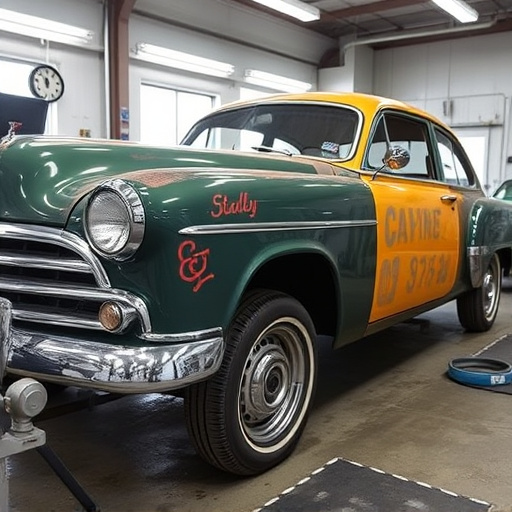
When it comes to insurance premium adjustments, the role of damage is a significant factor. Every claim involves an assessment of the extent of the vehicle’s damage, and this plays a crucial part in determining the final cost. In the case of car paint repair, which is often a result of a collision or other incidents, the expense can vary widely depending on several factors. These include the size of the damaged area, the type of paint used, and the skill required to match the original finish perfectly.
Insurance companies take these variables into account when calculating adjustments. A simple fender bender might result in a relatively low paint repair cost, leading to a minimal premium adjustment. However, more complex damage, such as extensive bodywork or unique trim requirements, will generally translate to higher costs and, consequently, larger premium adjustments for policyholders. This process ensures that insurance rates are fair and aligned with the actual cost of repairs.
Factors Influencing Cost and Policy Changes
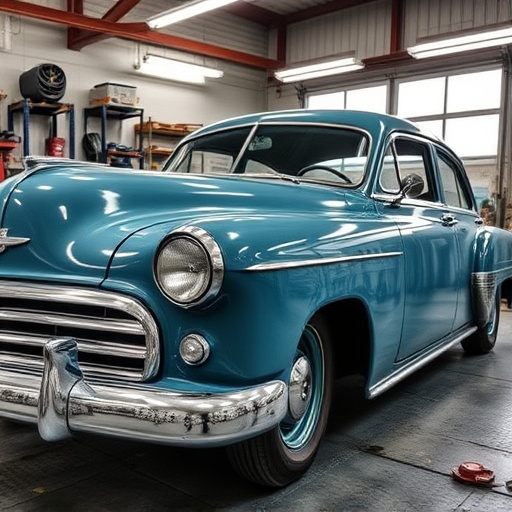
The cost of paint repair plays a significant role in insurance premium adjustments, as insurers consider it when evaluating vehicle damage claims. Several factors influence both the paint repair cost and subsequent policy changes. These include the extent of the damage, the complexity of the repair process, and the availability of paint matches to ensure a seamless finish.
Additionally, the type of vehicle and its make can impact costs, as some materials and paints are more expensive than others. For instance, luxury vehicles may require specialized paints that increase repair bills. Moreover, auto body shops offering services like paintless dent repair or frame straightening might charge different rates, influencing both policy adjustments and consumer choices for repairs.
The intricate relationship between paint repair costs and insurance premium adjustments highlights the necessity for thorough understanding and consideration. As paint repairs can significantly impact policyholder outlay, insurers must balance these costs against risk assessment and pricing strategies. By factoring in various influencing elements, such as damage extent, labor rates, and material choices, both parties can ensure fair and accurate adjustments, ultimately fostering a more transparent and beneficial insurance ecosystem.


